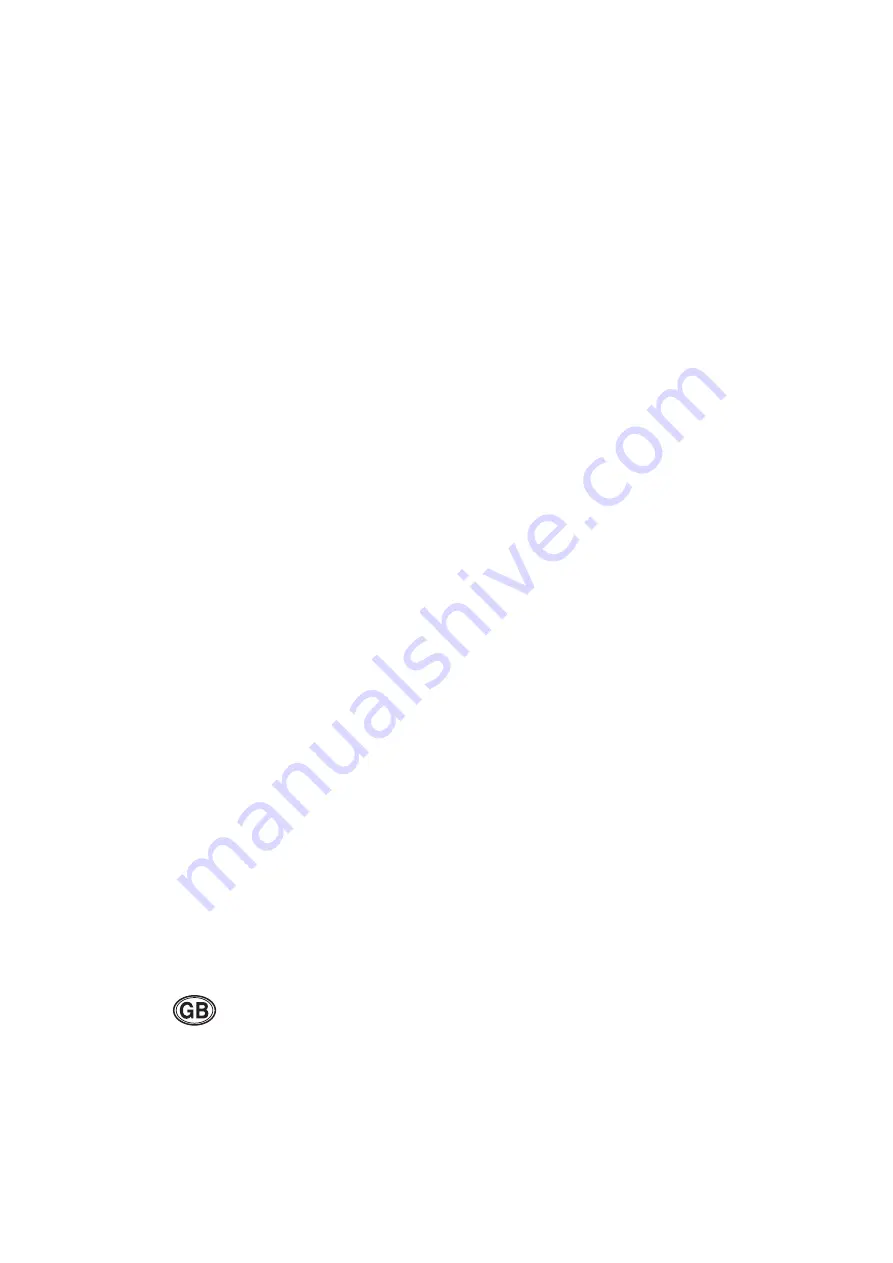
6
• Certain constituents of drinks (e.g. carrot
juice) may discolour the material or
affect its odour (e.g. fennel tea). This has
no effect on the fitness for use or safety
of the bottle.
• Teats and bottles do not belong in the
dishwasher – dishwasher detergents can
cause material damage!
• For sterilisation in a microwave oven we
recommend using the NUK Microwave
Steriliser (please follow the instructions
of the steriliser/ the device!)..
3.3.3 For your child’s safety and
health: WARNING!
• Always use this product with adult
supervision.
• Never use feeding teats as a soother.
• Continuous and prolonged sucking of
fluids will cause tooth decay. This
applies in particular to sweetened drinks
and fruit/vegetable juices.
• Always check food temperature before
feeding.
• If the bottle is damaged from the inside
(e.g. by scratches), it should be replaced
for hygiene reasons.
3.3.4 For products which include a
seal or protective cap
• Keep all components not in use out of
the reach of children.
Note:
Use only original NUK Parts. NUK
Product complies with EN 14350.
4. Key parts
(Figure O)
Silicone cushion
Breast shield
Slot for pump rod
Pump lever
Handle fixture
Pump rod
Pump diaphragm
Catch for handle
Lip valve
NUK Breast Milk Container
Sealing disc
Screw ring
Stand for NUK Breast Milk Container
5. Taking the pump apart
(Figures
A
to
F
)
1. Take the silicone cushion
out of the
(Fig.
A
).
2. Holding the end of the handle, pull the
pump lever
careful and straight
upwards, until the handle fixture
slips
out of the catch for the handle
(Fig. B).
Attention!
Don't pull/turn the pump lever
to the side, because the pump rod may
break.
3. Carefully remove the pump lever
from
the pump rod
(Fig.
B
).
and pump
out of the breast shield
(Fig.
C
).
5. Ease the pump rod
(Fig.
D
).
6. Unscrew the NUK Breast Milk
(Fig.
E
).
out of the breast
(Fig.
F
).
Summary of Contents for jolie
Page 2: ......
Page 4: ...B A C D ...
Page 5: ...E I K H F G L M N ...

























